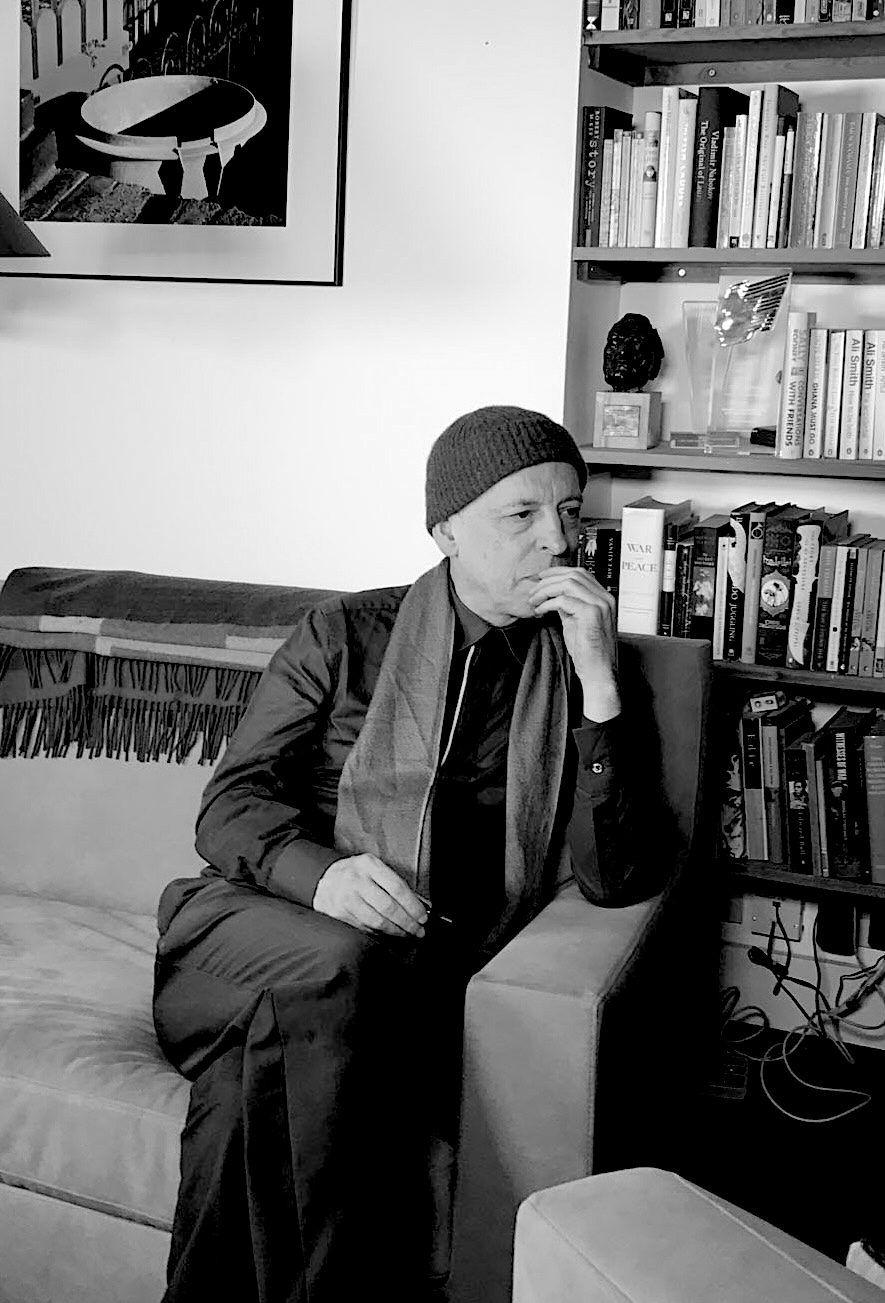
About Jonathan Miles.
Jonathan Miles is a British artist, lecturer, writer, and curator based in London, where he teaches at the Royal College of Art. He studied at the Slade School of Art from 1969 to 1973 and, in the early 1980s, served as London Editor of ZG Magazine (London and New York).
His multidisciplinary practice spans painting, fiction, and critical theory, often bringing text and image into dialogue to challenge fixed meanings and narrative structures. As both a painter and a writer of theoretical essays and fiction, Miles has exhibited at White Columns (New York), Venster Museum (Rotterdam), Gallery House, Riverside Gallery, Civic Room, Lychee One, and DomoBaal Gallery (all London).
His recent publications include catalogue essays for Enrico David, Haris Epaminonda, Daniel Cramer, Akiko Takizawa, Mustafa Hulusi, Lu Chao, Zhu Tian, Celia Hempton, Bai Ming, Miho Sato, Philip Caramazza, and Ailbhe Ní Bhriain, as well as texts for Material Magazine (Los Angeles) and Undo (Cyprus). He is a member of the Editorial Board of Material Magazine and a feature writer for ART.ZIP (London).
Jonathan Miles’ exhibitions invariably consist of a combination of short stories combined with a series of paintings. Fiction is employed as a means of disturbing the subject position of the paintings in ways that do not allow the spectator to settle on any given truth.
Jonathan Miles has recently been working on two main projects. The first is a work called Addiction: Exscription consists of a short novel (50,000 words) and a series of a thousand small paintings. Each of the two components could be understood as a single entity but equally they might be considered as being linked. The second stage of this project will involve the construction of a body of work that emerges from the two main fictional characters of the novel.
The second project is a series of small reliefs that have a fictional setting in the 1930s. Stylistically, they combine both Art Deco and Constructivist rhetoric without being either. Aesthetically, they might be understood as impossible objects, strange exiles of a world that never materialised.